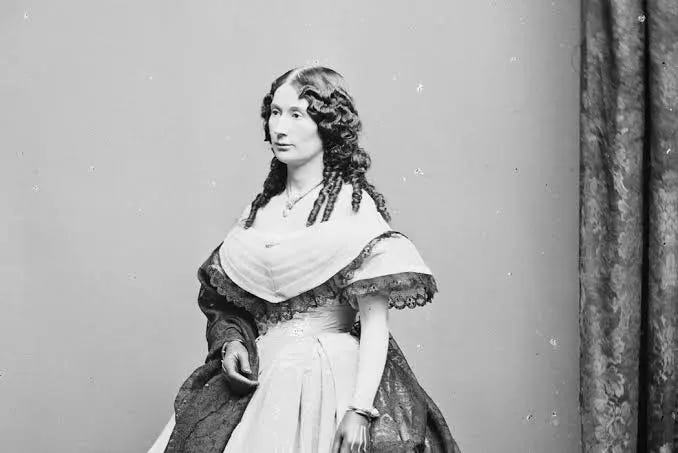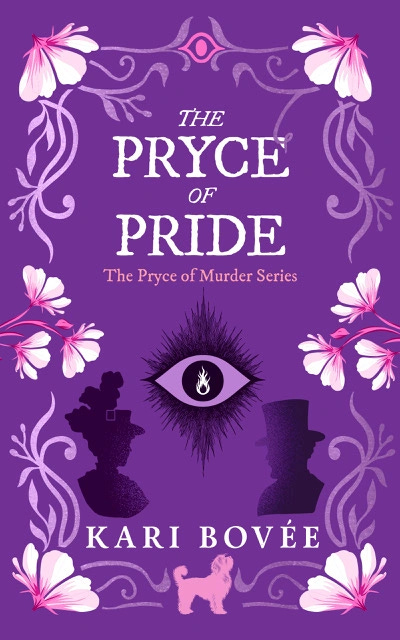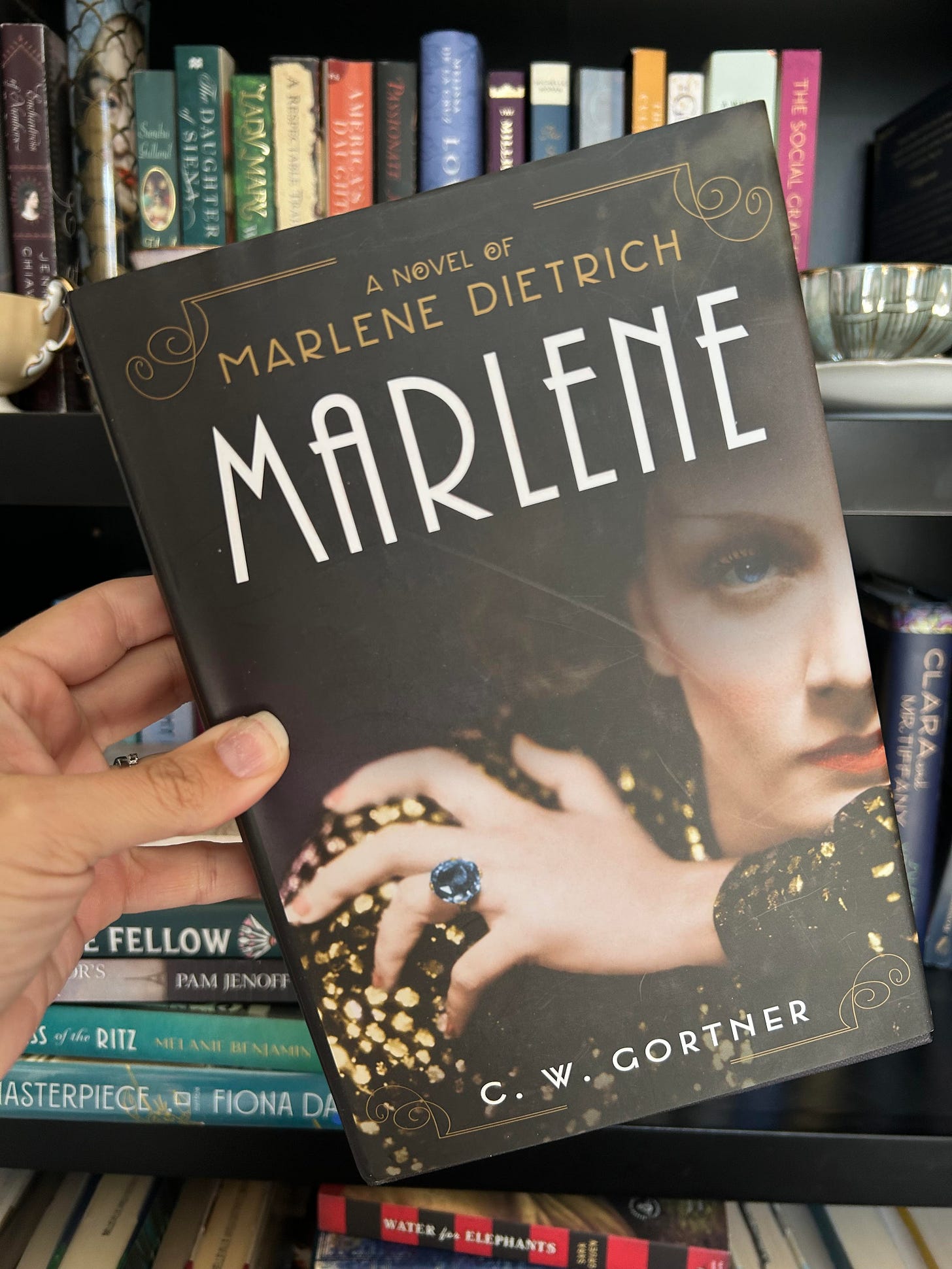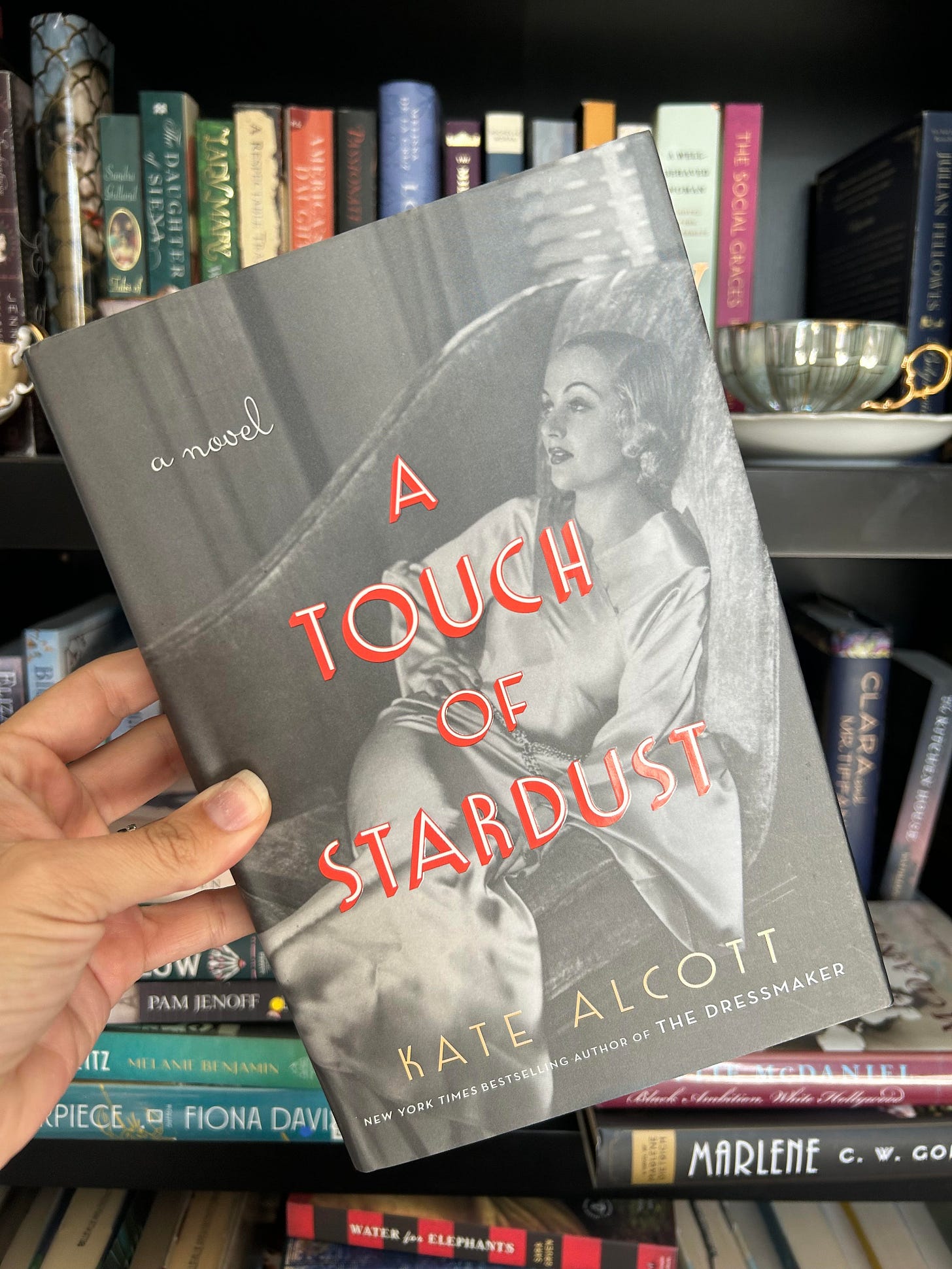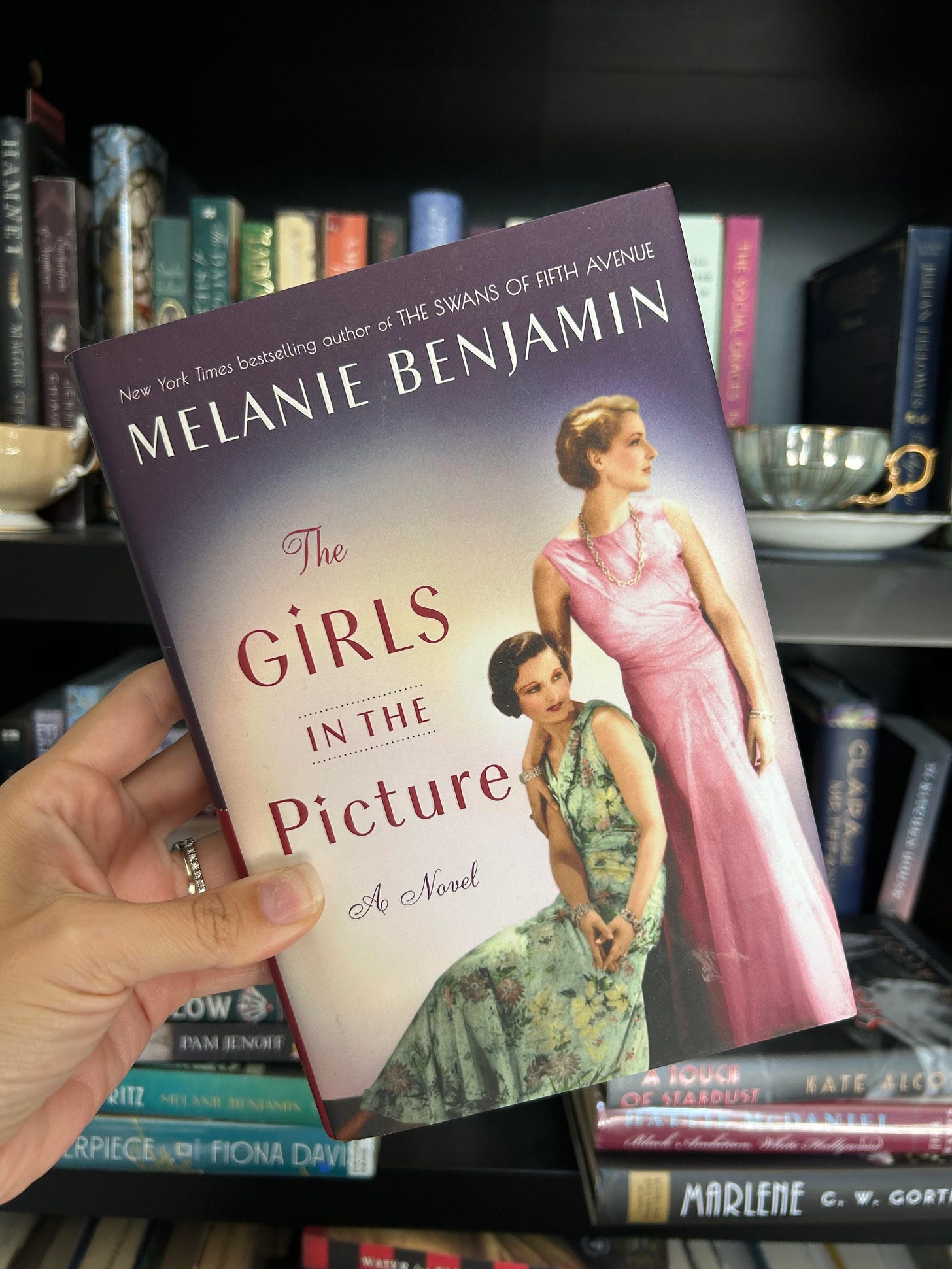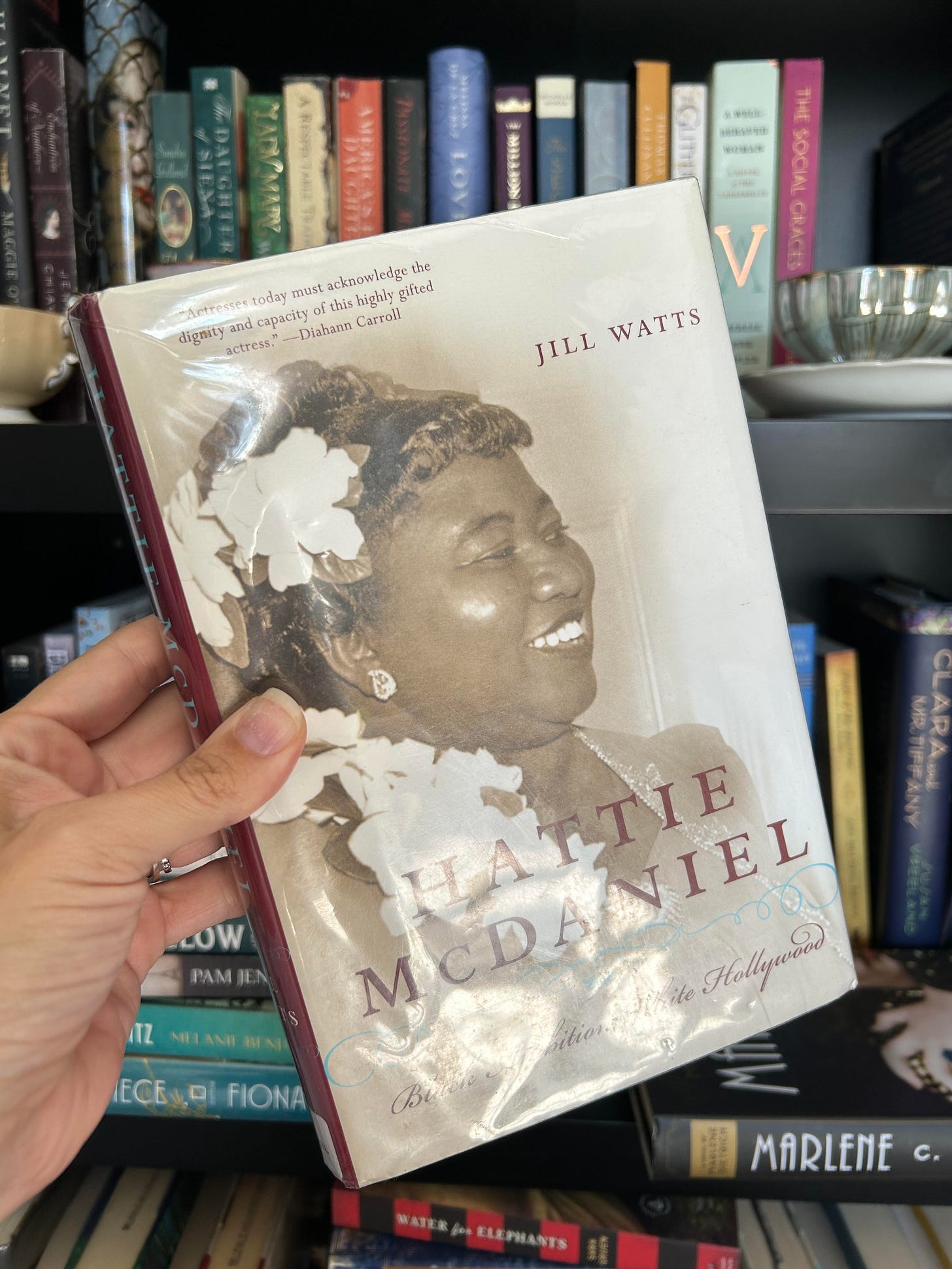Stage Queens & Assassins
The Theater That Made History
One of my favorite parts of reading historical fiction is diving down the rabbit hole of what really happened… the people, places, and moments that inspired the story.
I love discovering how authors weave real history into their characters’ lives, creating that magical blend of fact and fiction that makes you want to keep turning the pages and start researching the moment you’re done… or sometimes while you are still reading.
Today, I’m thrilled to welcome author Kari Bovee, who’s sharing the fascinating real-life inspiration behind her character Arabella Pryce from The Pryce of Delusion. Her story takes us behind the velvet curtains of 19th-century theater, where women like Laura Keene defied expectations and made history both on and off the stage.
Welcome, Kari!
Thank you, Melissa. I’m happy to be here sharing about the inspiration for one of the main character in one of my series.
In The Pryce of Delusion, Arabella Pryce is more than a dazzling stage presence—she’s a woman of vision and control, the proud owner of her own theater in 1879 New York. Her elegance, ambition, and unapologetic authority was inspired by real women who lit up the gaslit stages of America—and changed history along the way.
One such woman was Laura Keene—an actor, manager, and theater owner who dared to do what few women could: run her own show in every sense of the word.
Born in England and arriving in America in the mid-19th century, Laura Keene quickly became one of the most celebrated actors of her time. But she wasn’t content to simply act. She wanted control—of the productions, the stage, and her destiny.
Like Arabella, she didn’t just perform—she owned her own theater. Keene was the first woman in America to manage a major theater, the prestigious Laura Keene’s Varieties in New York City. She produced plays, oversaw business operations, and commanded audiences with the charisma and poise of a star who knew the power of her spotlight.
In a world where women were expected to be muses, not managers, Keene was both.
But perhaps the most famous—and tragic—moment of Laura Keene’s career came on April 14, 1865. That night, she was performing at Ford’s Theatre in Washington, D.C., in a comedy called Our American Cousin. President Abraham Lincoln sat in the audience.
What happened next would become one of the darkest moments in American history.
As the play reached its most humorous scene, actor John Wilkes Booth stepped into the president’s box and fired the fatal shot. In the chaos that followed, Keene did something remarkable: she pushed through the crowd, made her way to the president, and cradled his bleeding head in her lap.
The cuff of her gown, stained with Lincoln’s blood, became a haunting reminder of the event, and was later donated to the National Museum of American History.
Arabella Pryce never stood on history’s most infamous stage, but her world resonates with the same dangers of fame, ambition, and public scrutiny. She lives in the same fierce spirit as Laura Keene. A woman who understands that talent alone is not enough. That in a world ruled by men, success comes at a cost—and power, once gained, must be protected.
In The Pryce of Delusion, Arabella commands the Pryce Theater with grace and shrewdness. She navigates egos, ambition, and hidden agendas with practiced finesse and subtle strength. And when murder strikes, she turns her keen instincts—and her flair for performance—toward uncovering the truth. The spotlight may belong to her, but it’s what she perceives in people’s desires and fears that gives her real power. Like Keene, she moves through a world of art, fame, danger, and the fragile tightrope of female influence.
What draws a woman to the spotlight—and what does she risk once all eyes are on her? The world’s stage, in Arabella’s time as in our own, reveals as much as it hides.
Laura Keene’s story reminds us that behind every velvet curtain is a woman calculating her next move—balancing ambition, image, and survival.
Are you curious to meet Arabella Pryce yourself?
Sign up for my newsletter and you’ll receive The Pryce of Delusion for free—a historical mystery novella steeped in ambition, obsession, and the glittering dangers of the 19th-century stage.
👉 Sign up here to claim your copy. And, check out all of Kari’s books HERE.
I don’t know about you, but after reading Kari’s post, I immediately wanted to learn more about the women who ruled the stage and screen… and the power they held behind the scenes.
If you love stories of ambitious, complex women navigating fame and reinvention, here are a few more books that I found on my shelves that I’m moving up my reading list and you might want to add to yours…
Marlene by C.W. Cortner
Raised in genteel poverty after the First World War, Maria Magdalena Dietrich dreams of a life on the stage. When a budding career as a violinist is cut short, the willful teenager vows to become a singer, trading her family’s proper, middle-class society for the free-spirited, louche world of Weimar Berlin’s cabarets and drag balls. With her sultry beauty, smoky voice, seductive silk cocktail dresses, and androgynous tailored suits, Marlene performs to packed houses and becomes entangled in a series of stormy love affairs that push the boundaries of social convention.
For the beautiful, desirous Marlene, neither fame nor marriage and motherhood can cure her wanderlust. As Hitler and the Nazis rise to power, she sets sail for America. Rivaling the success of another European import, Greta Garbo, Marlene quickly becomes one of Hollywood’s leading ladies, starring with legends such as Gary Cooper, John Wayne, and Cary Grant. Desperate for her return, Hitler tries to lure her with dazzling promises. Marlene instead chooses to become an American citizen, and after her new nation is forced into World War II, she tours with the USO, performing for thousands of Allied troops in Europe and Africa.
An enthralling and insightful account of this extraordinary legend, Marlene reveals the inner life of a woman of grit, glamour, and ambition who defied convention, seduced the world, and forged her own path on her own terms.
A Touch of Stardust by Kate Alcott
When Julie Crawford leaves Fort Wayne, Indiana, for Hollywood, she never imagines she’ll cross paths with Carole Lombard, the dazzling actress from Julie’s provincial Midwestern hometown. The young woman has dreams of becoming a screenwriter, but the only job Julie’s able to find is one in the studio publicity office of the notoriously demanding producer David O. Selznick, who is busy burning through directors, writers, and money as he films Gone with the Wind.
Although tensions run high on the set, Julie finds she can step onto the back lot, take in the smell of smoky gunpowder and the soft rustle of hoop skirts, and feel the magical world of Gone with the Wind come to life. Julie’s access to real-life magic comes when Carole Lombard hires her as an assistant and invites her into the glamorous world Carole shares with Clark Gable, who is about to move into movie history as the dashing Rhett Butler.
Carole Lombard, happily profane and uninhibited, makes no secret of her relationship with Gable, which poses something of a problem for the studio because Gable is technically still married—and the last thing the film needs is more negative publicity. Julie is there to fend off the overly curious reporters, hoping to prevent details about the affair from slipping out. But she can barely keep up with her blond employer, let alone control what comes out of Carole’s mouth, and—as their friendship grows—Julie soon finds she doesn’t want to. Carole, both wise and funny, becomes Julie’s model for breaking free of the past.
In the ever-widening scope of this story, Julie is given a front-row seat to not one but two of the greatest love affairs of all time: the undeniable on-screen chemistry between Scarlett and Rhett, and offscreen, the deepening love between Carole and Clark. Yet beneath the shiny façade, things in Hollywood are never quite what they seem, and Julie must learn to balance her career aspirations and her own budding romance with the outsized personalities and overheated drama on set. Vivid, romantic, and filled with Old Hollywood details, A Touch of Stardust will entrance, surprise, and delight.
The Girls in the Picture by Melanie Benjamin
It is 1914, and twenty-five-year-old Frances Marion has left her (second) husband and her Northern California home for the lure of Los Angeles, where she is determined to live independently as an artist. But the word on everyone’s lips these days is “flickers”—the silent moving pictures enthralling theatergoers. Turn any corner in this burgeoning town and you’ll find made-up actors running around, as a movie camera captures it all.
In this fledgling industry, Frances finds her true calling: writing stories for this wondrous new medium. She also makes the acquaintance of actress Mary Pickford, whose signature golden curls and lively spirit have earned her the title “America’s Sweetheart.” The two ambitious young women hit it off instantly, their kinship fomented by their mutual fever to create, to move audiences to a frenzy, to start a revolution.
But their ambitions are challenged by both the men around them and the limitations imposed on their gender—and their astronomical success could come at a price. As Mary, the world’s highest paid and most beloved actress, struggles to live her life under the spotlight, she also wonders if it is possible to find love, even with the dashing actor Douglas Fairbanks. Frances, too, longs to share her life with someone. As in any good Hollywood story, dramas will play out, personalities will clash, and even the deepest friendships might be shattered.
With cameos from such notables as Charlie Chaplin, Louis B. Mayer, Rudolph Valentino, and Lillian Gish, The Girls in the Picture is, at its heart, a story of friendship and forgiveness. Melanie Benjamin brilliantly captures the dawn of a glittering new era—its myths and icons, its possibilities and potential, and its seduction and heartbreak.
Hattie McDaniel: Black Ambition, White Hollywood by Jill Watts
From an accomplished historian comes an uncompromising look at the pervasive racism in Hollywood, as seen through the life and times of actress Hattie McDaniel
Hattie McDaniel is best known for her performance as Mammy, the sassy foil to Scarlett O’Hara in the movie classic Gone with the Wind. Her powerful performance won her an Oscar® and bolstered the hopes of black Hollywood that the entertainment industry was finally ready to write more multidimensional, fully-realized roles for blacks.
But despite this victory, and pleas by organizations such as the NAACP and SAG, roles for blacks continued to denigrate the African American experience. So Hattie McDaniel continued to play servants. “I’d rather play a maid then be a maid,” Hattie McDaniel answered her critics, but her flip response belied a woman who was emotionally conflicted. Here, in an exhaustively detailed and incisive text by a talented historian, is the story of a valiant woman who defied the racism of her time.
Each of these captures that same delightful mix of artistry, courage, and vulnerability that Kari explores in The Pryce of Delusion.
Thank you, Kari, for taking us behind the curtain and reminding us that history is full of women who refused to stay in the wings.
I’m planning on putting together more of these historical fiction reading recommendations, what time periods or topics would you like to see?
Wishing everyone happy reading!
For every membership upgraded for $5, I donate a historical fiction or romance book to a local women’s shelter.
Affiliate links are used at no extra cost to you, but they help me earn a small amount, just enough to grab a tea and keep writing! ☕



